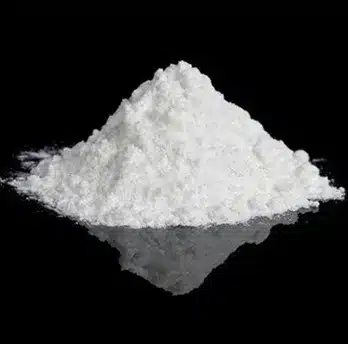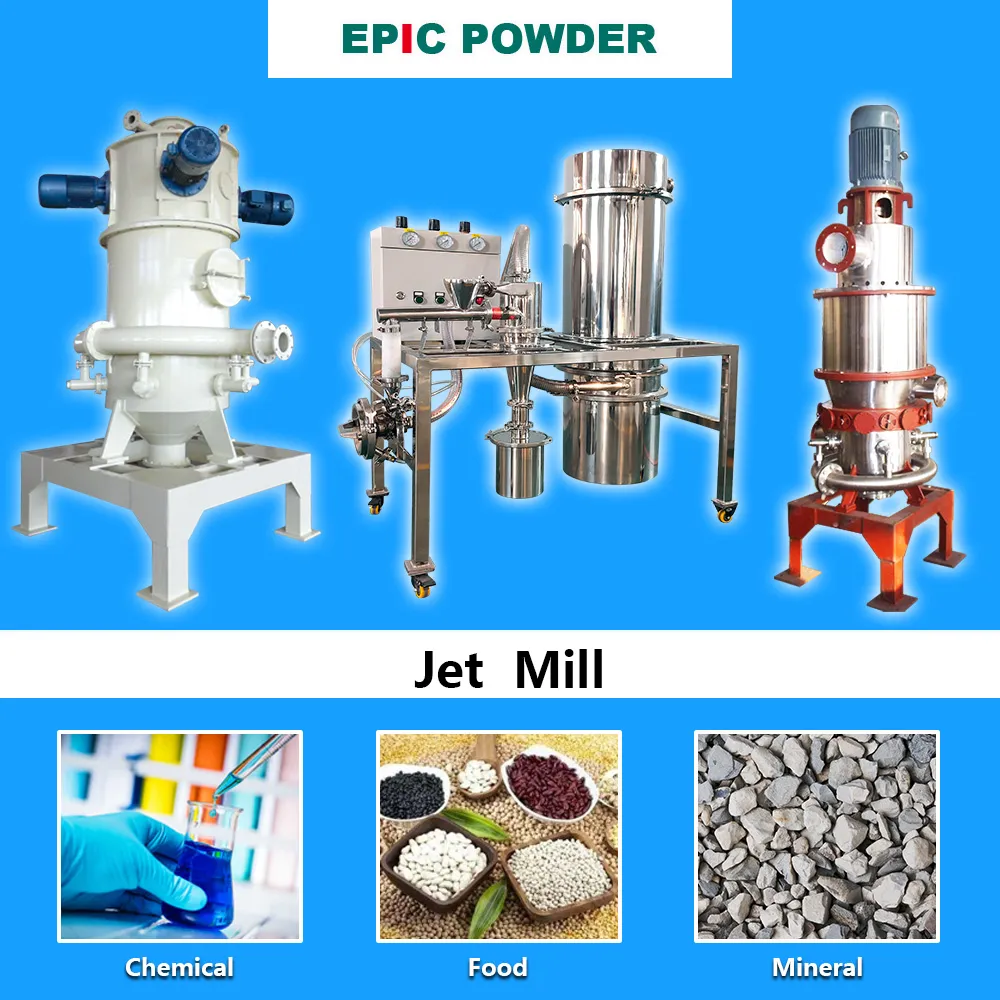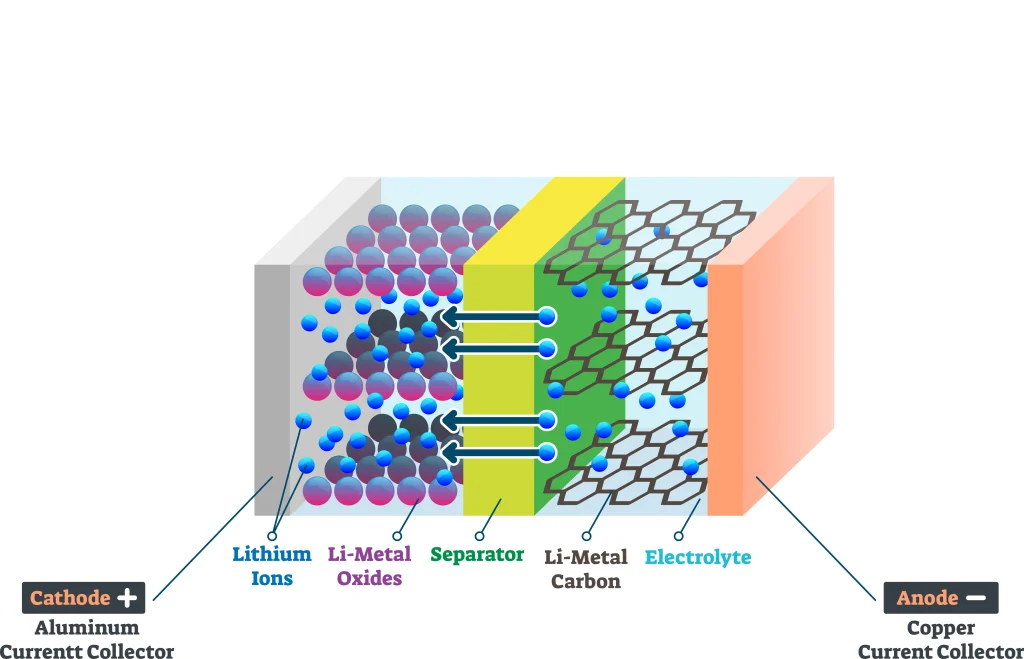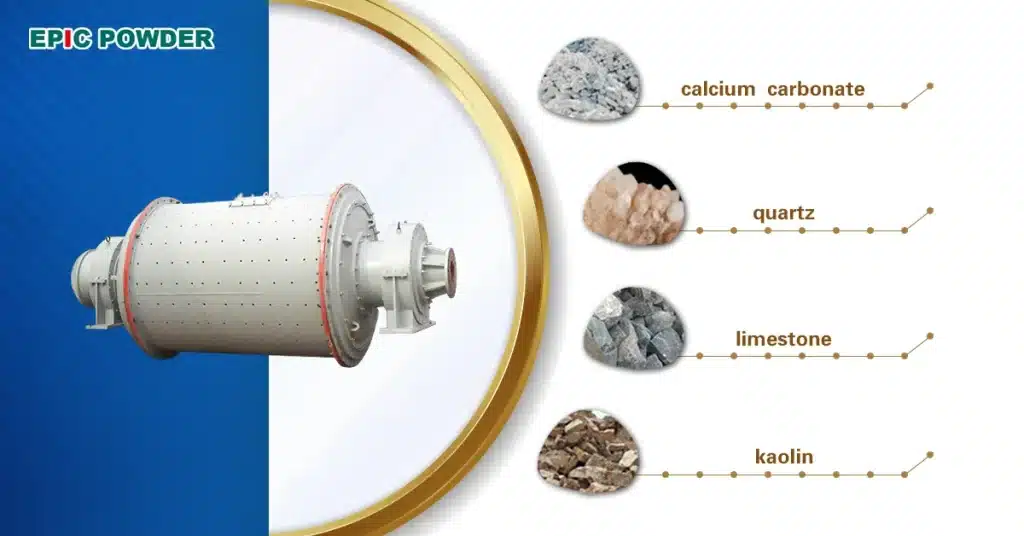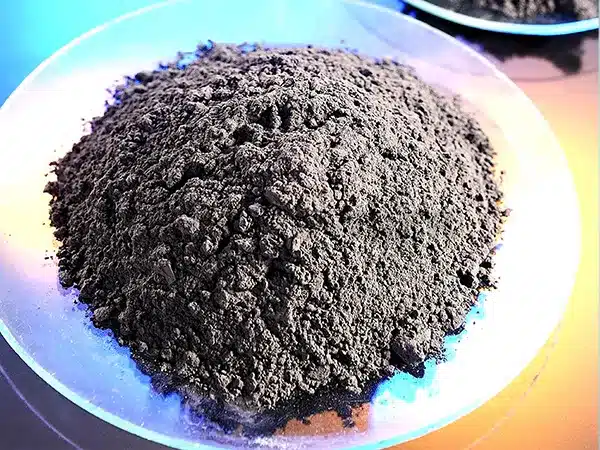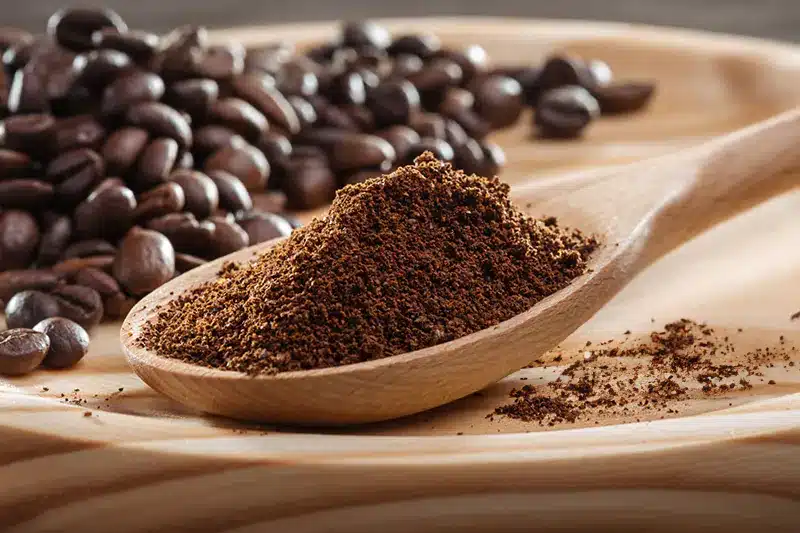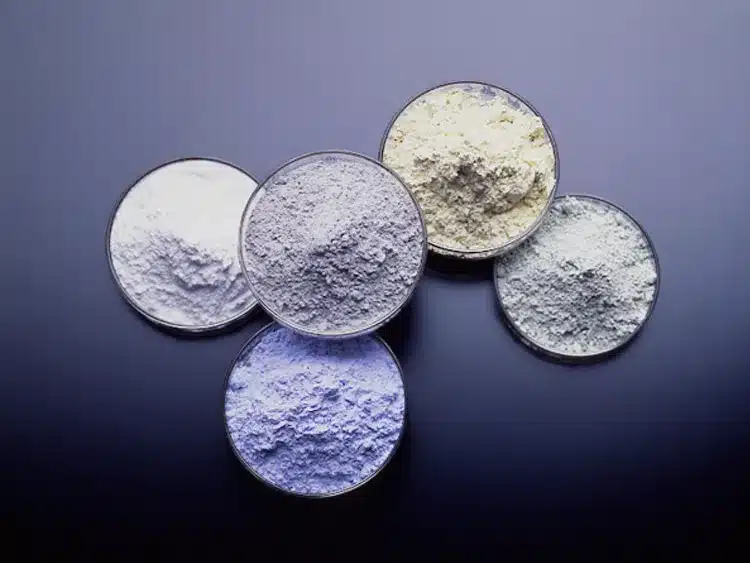6 Key Benefits Talc Powder Brings to PP Material
In the plastics industry, Polypropylene (PP) is renowned for its cost-effectiveness. However, its shortcomings—being soft, prone to deformation, and having poor heat resistance, often pose challenges for manufacturers. Talc powder, when precision-processed by advanced jet mill technology, is far more than just a filler. It’s a performance-enhancing assistant that precisely addresses PP’s weaknesses. The jet milling process ensures the talc […]
6 Key Benefits Talc Powder Brings to PP Material Read More »

